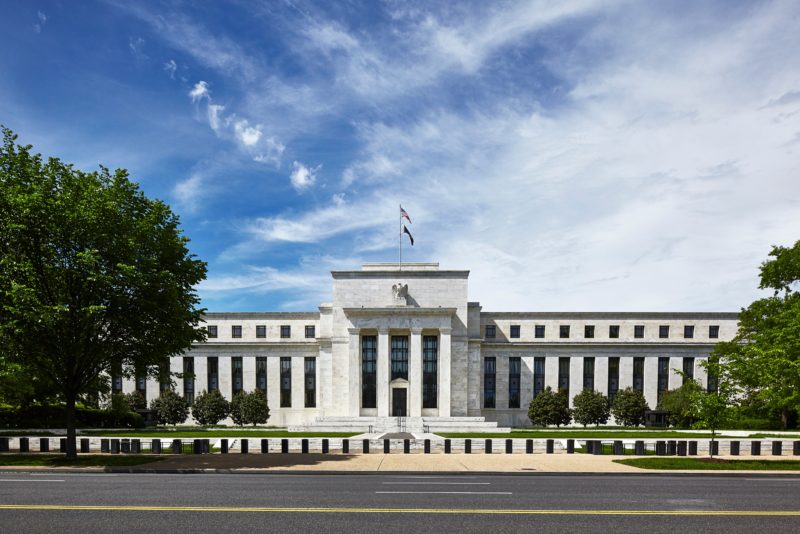- Interest expenses exceeded earnings as rates climbed
- Central bank boosted interest rates to fight inflation
The Federal Reserve’s expenses exceeded its earnings in 2023 by $114.3 billion, its largest operating loss ever, forcing the US central bank to forgo remittances to the Treasury as interest rates remain elevated.
Interest expenses, which includes reserves balances at the Fed’s reverse repo operations, nearly tripled to a $281.1 billion in 2023, according to audited financial statements released Tuesday. Meanwhile, the Fed’s interest income earned on its portfolio of assets totaled $163.8 billion last year, compared with roughly $170 billion in 2022.
After covering its day-to-day operating expenses, the central bank is required to send the money it earns on its securities portfolio to the Treasury, where the revenue helps offset federal deficits.
When expenses exceed earnings, as they have since late 2022, the Fed issues a deferred asset to the Treasury, which the central bank said has no implications for the conduct of monetary policy. This deferred asset grew by $116.7 billion last year, to a record $133.3 billion, the Fed said.
The numbers largely confirm information from the Fed’s preliminary financial statements, released in January.
The Fed receives income from the securities in its portfolio and pays interest on reserves held at the Fed by banks. That generated massive earnings when rates were nearly zero, and huge payments to the Treasury, but that changed as the Fed began raising rates in March 2022.
Interest payments to banks on excess reserves parked at the Fed totaled a record $176.8 billion last year, nearly triple the amount paid in 2022.
Most regional Fed banks began suspending remittance payments to Treasury in September 2022.
Source: bloomberg.com













